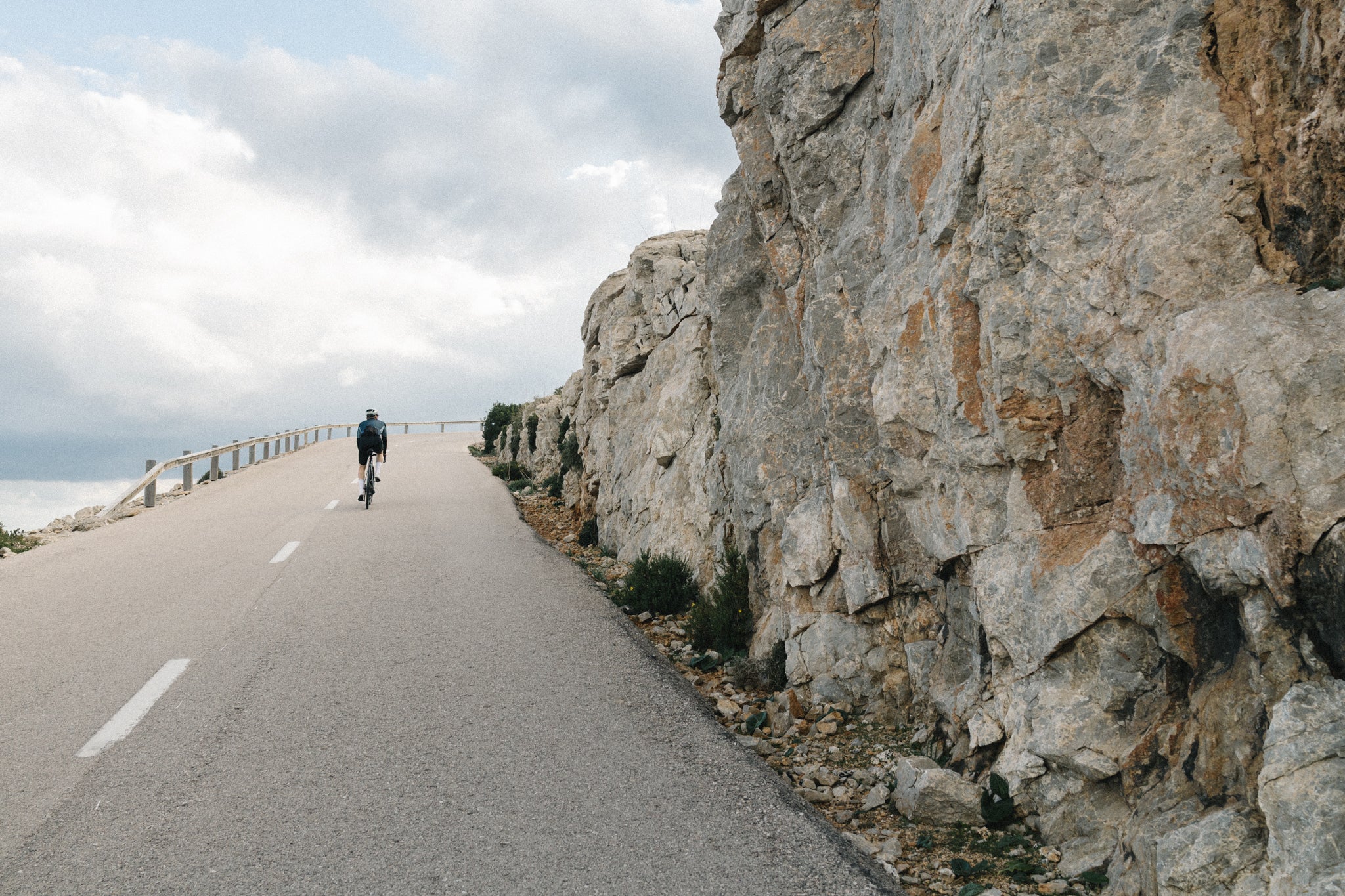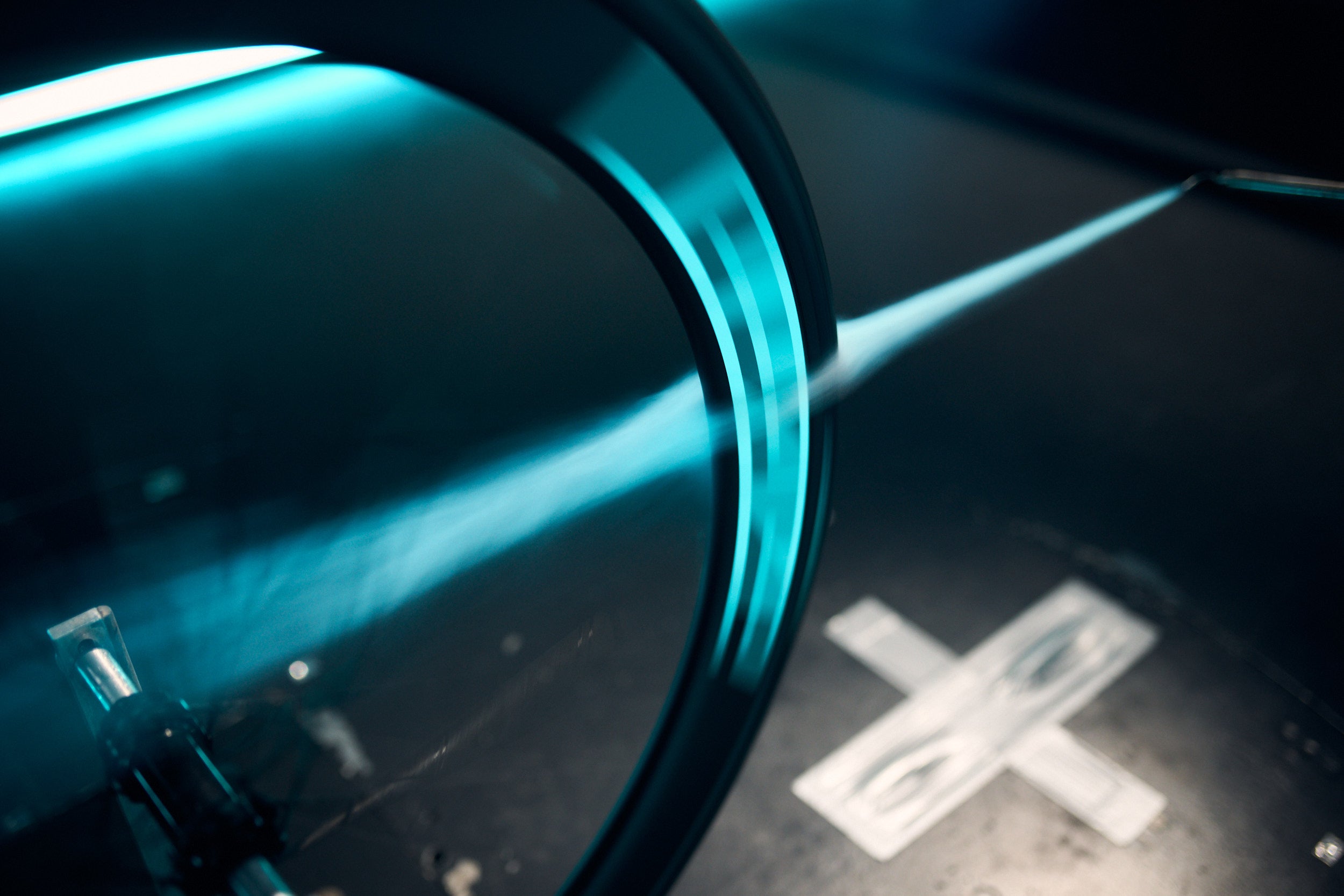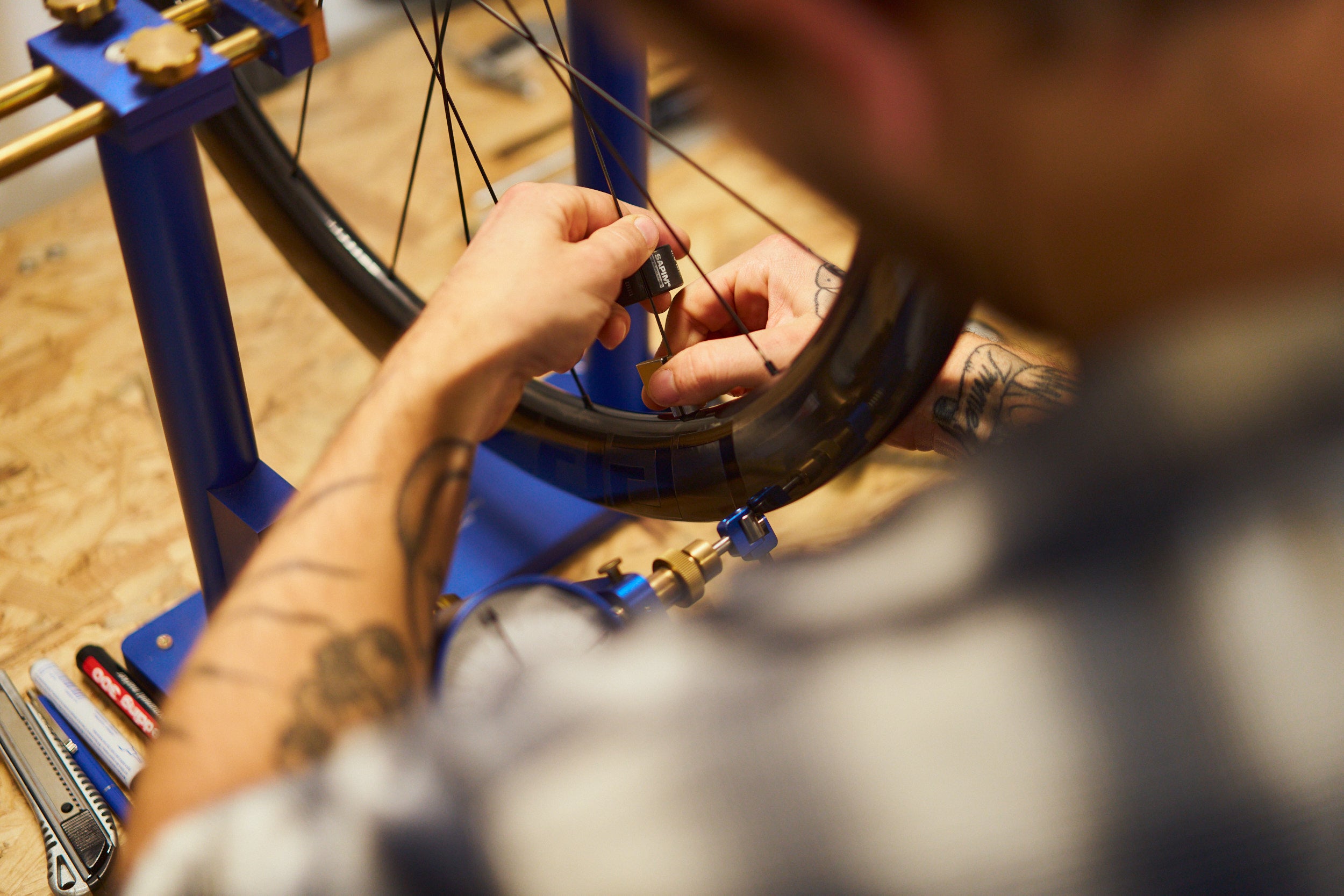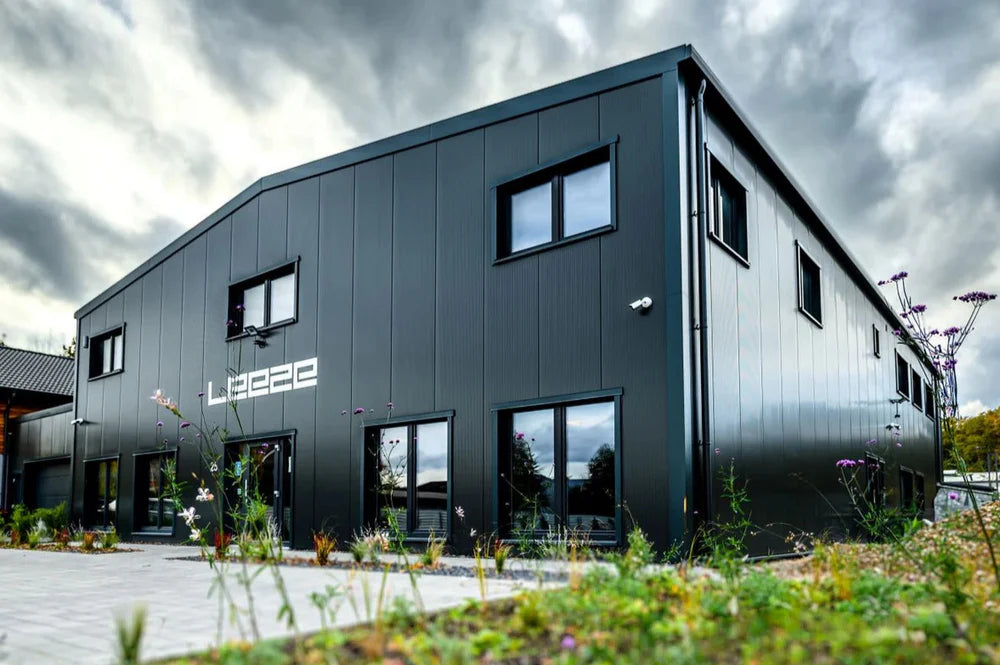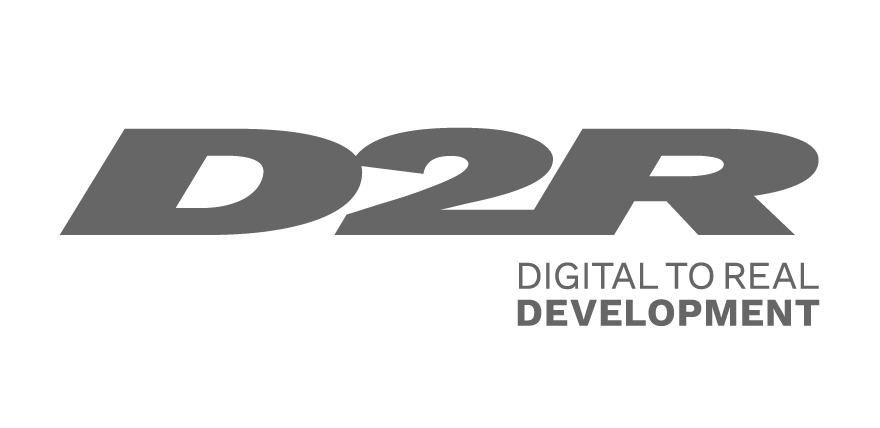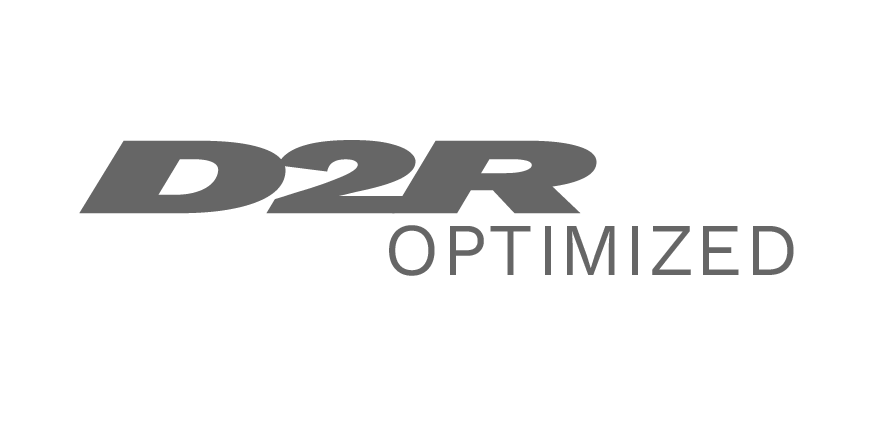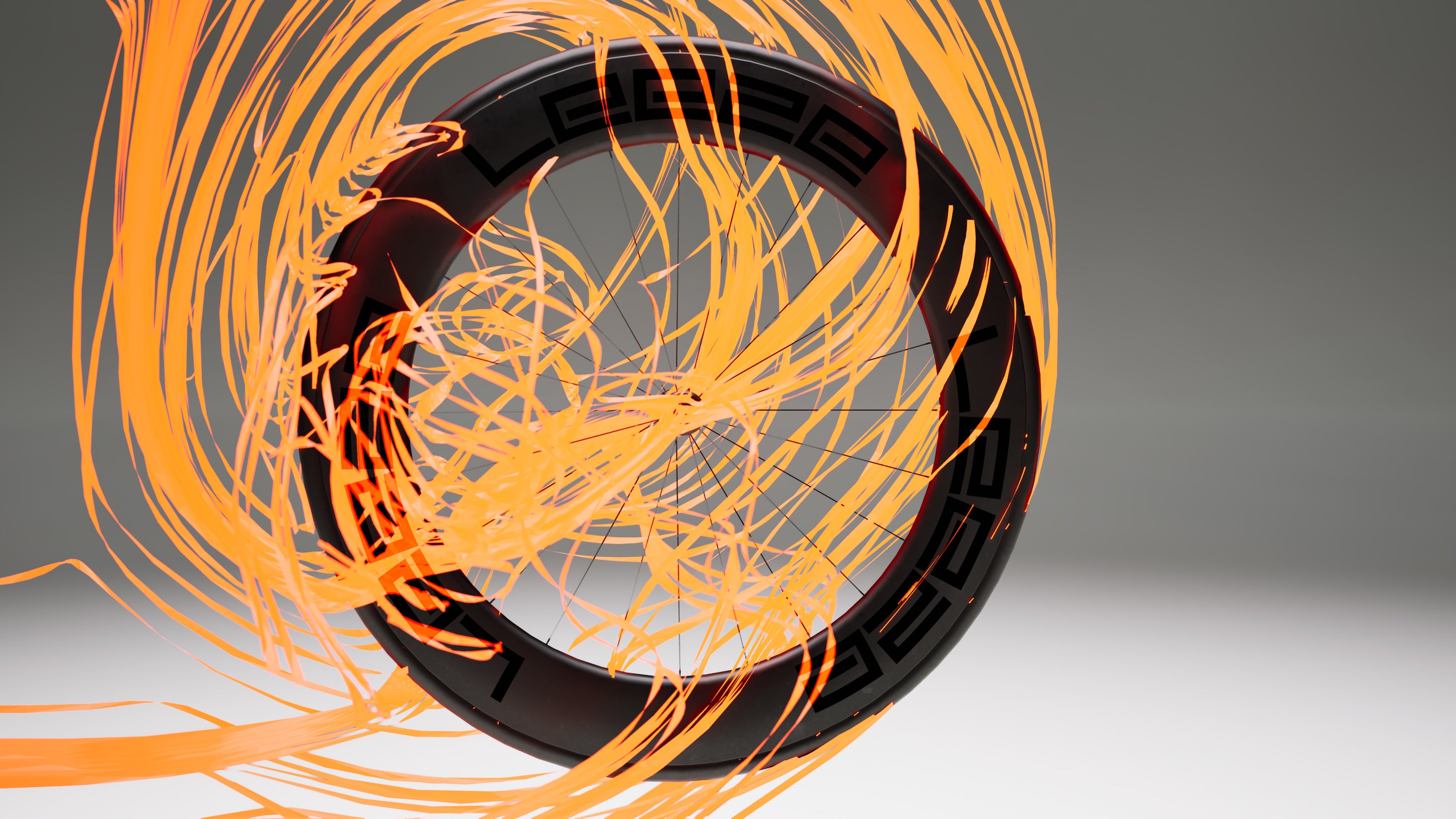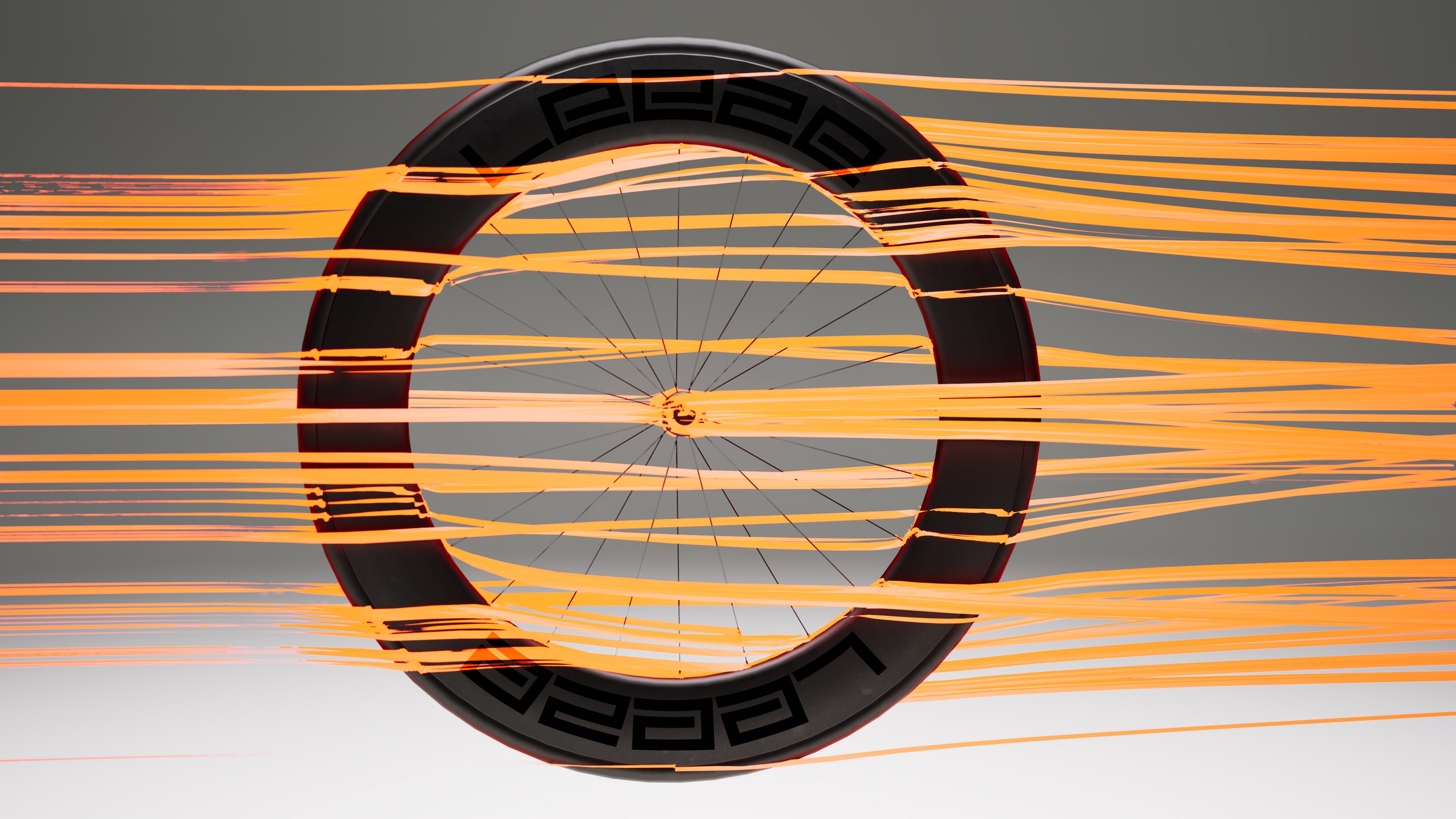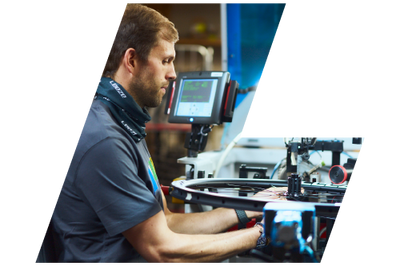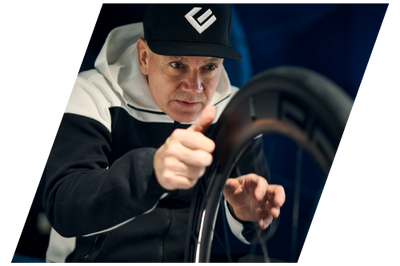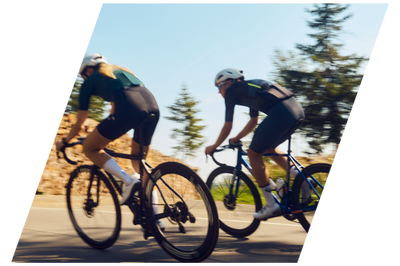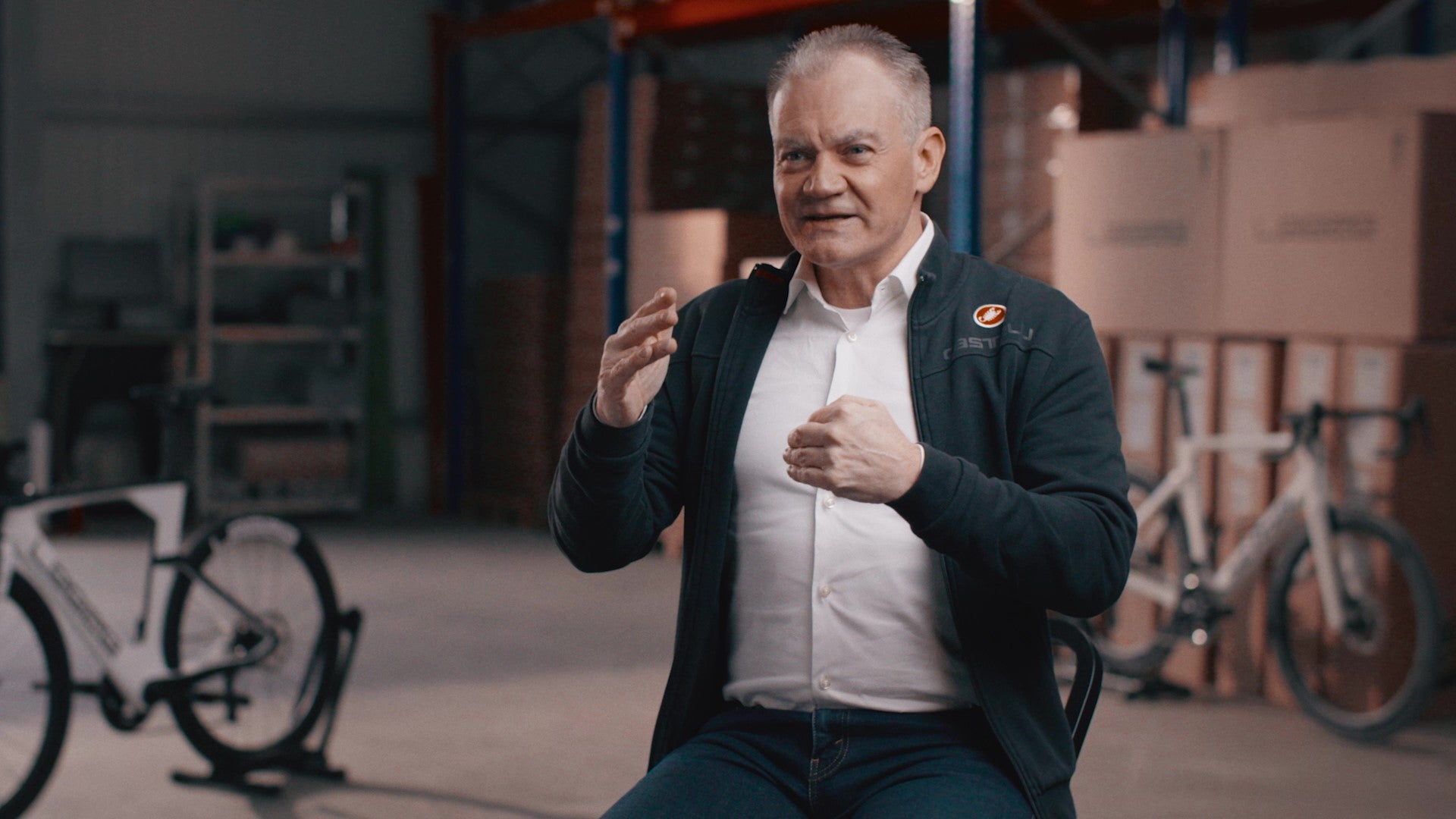
Leeze
D2r development
The Leeze Development Principle
"The Leeze Development Principle"
Immerse yourself in our development, in which Prof. Eric Helter and his VR team combine pioneering virtual reality technologies with in-depth aerodynamics expertise. Innovative tools, including specially developed 3D scanners and VR goggles, enable the digital modeling of wheels in a virtual environment.
Thanks to the "Real-2-Digital" approach, we integrate real components precisely into our VR simulations. The result? Wheels that are not only aerodynamically optimized to the maximum, but also developed in a resource-saving way.
Our VR tools enable fast, cost-effective testing and produce wheels with a market-leading price/aero ratio. Experience the future of wheel development with Prof. Eric Helter and Leeze D2R!
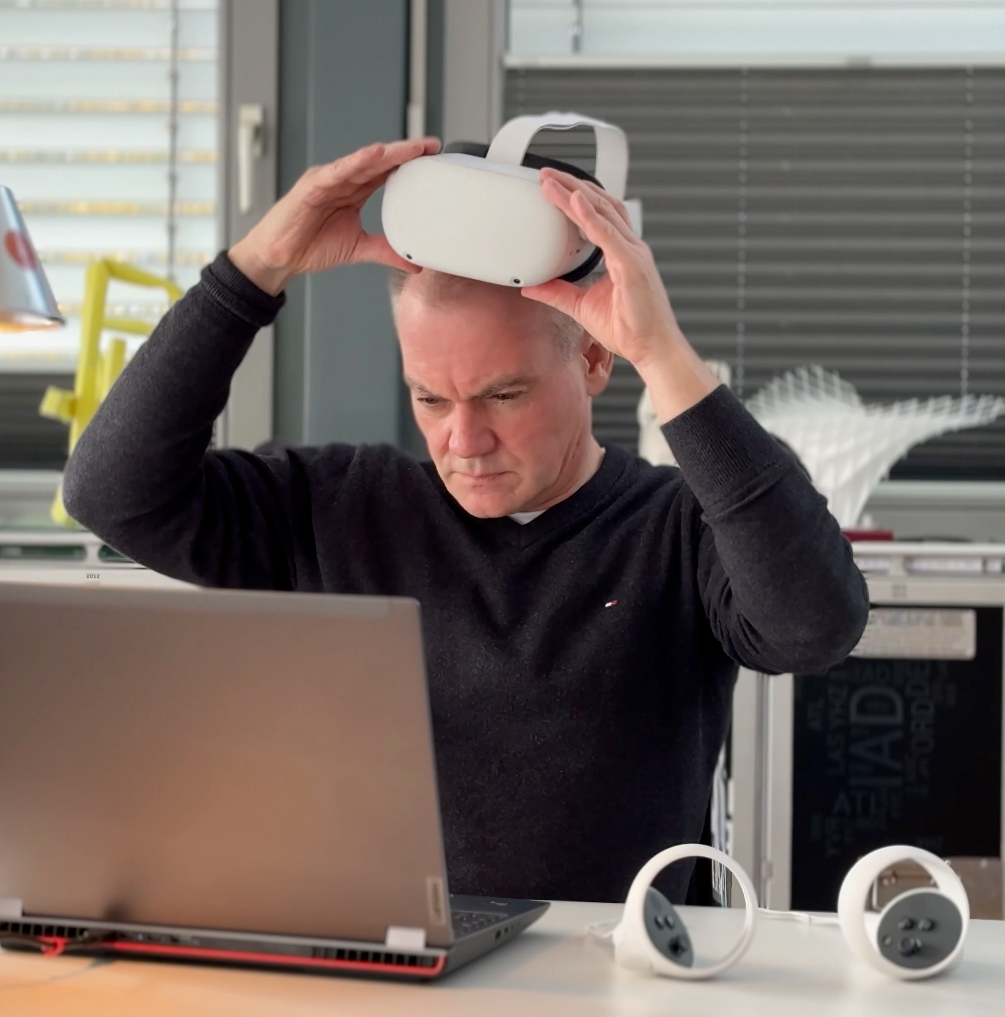
The brain behind the wheel development at Leeze
Prof. Eric Helter
Expert in aerodynamics. Known for the development of the mast of the sailing yacht Alinghi, leading aerodynamics expert at renowned car manufacturers and DTM racing teams. Head of several engineering offices and entrusted with teaching activities at various universities.
"The foundations of our development"
"The foundations of our development"
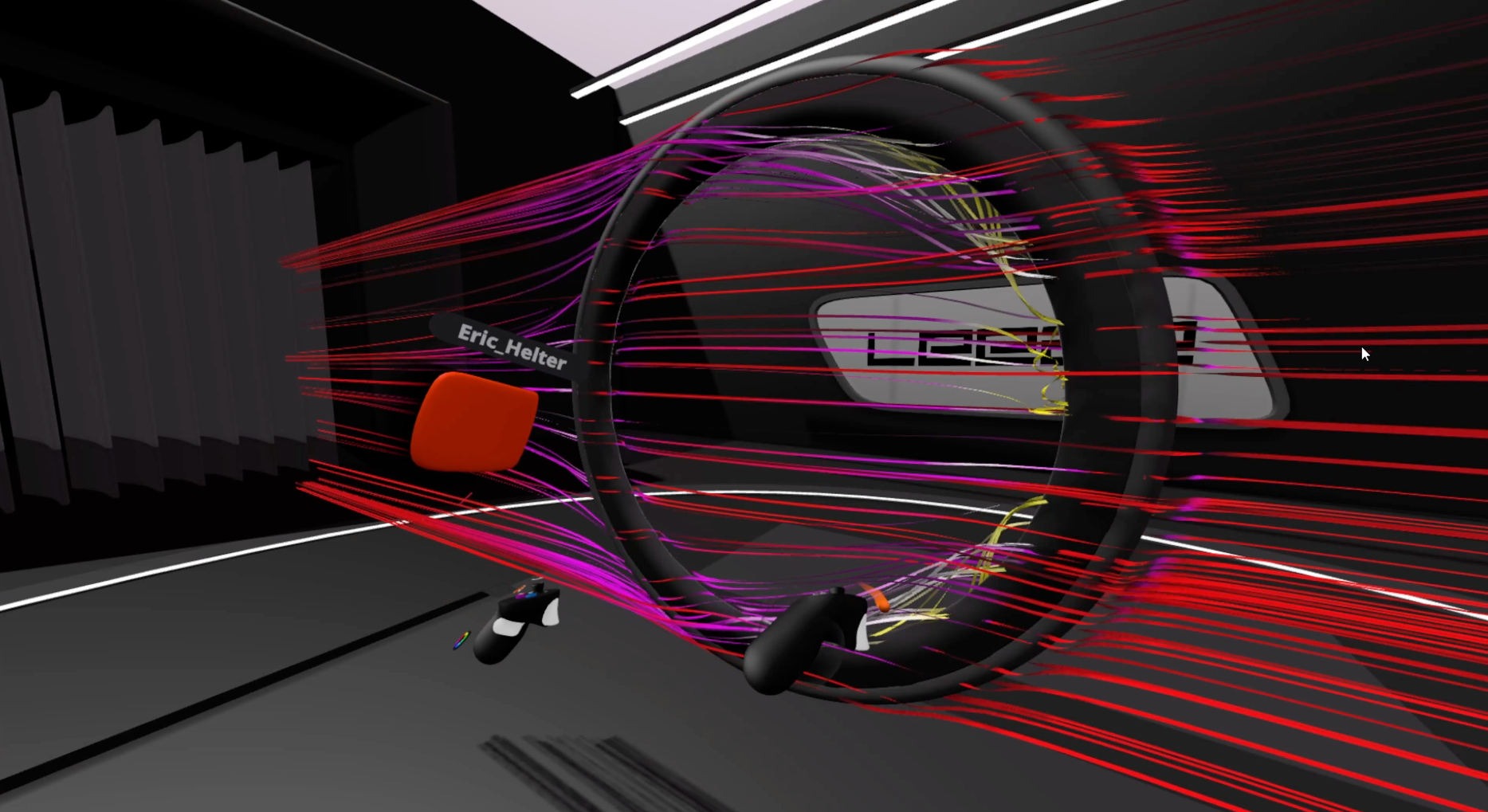
Software for VR visualization
The in-house developed software enables engineers to import and manipulate the models captured with the 3D scanner into the virtual environment. The special features of this software include advanced rendering techniques, physically based simulations and special functions for collaboration in the virtual environment.
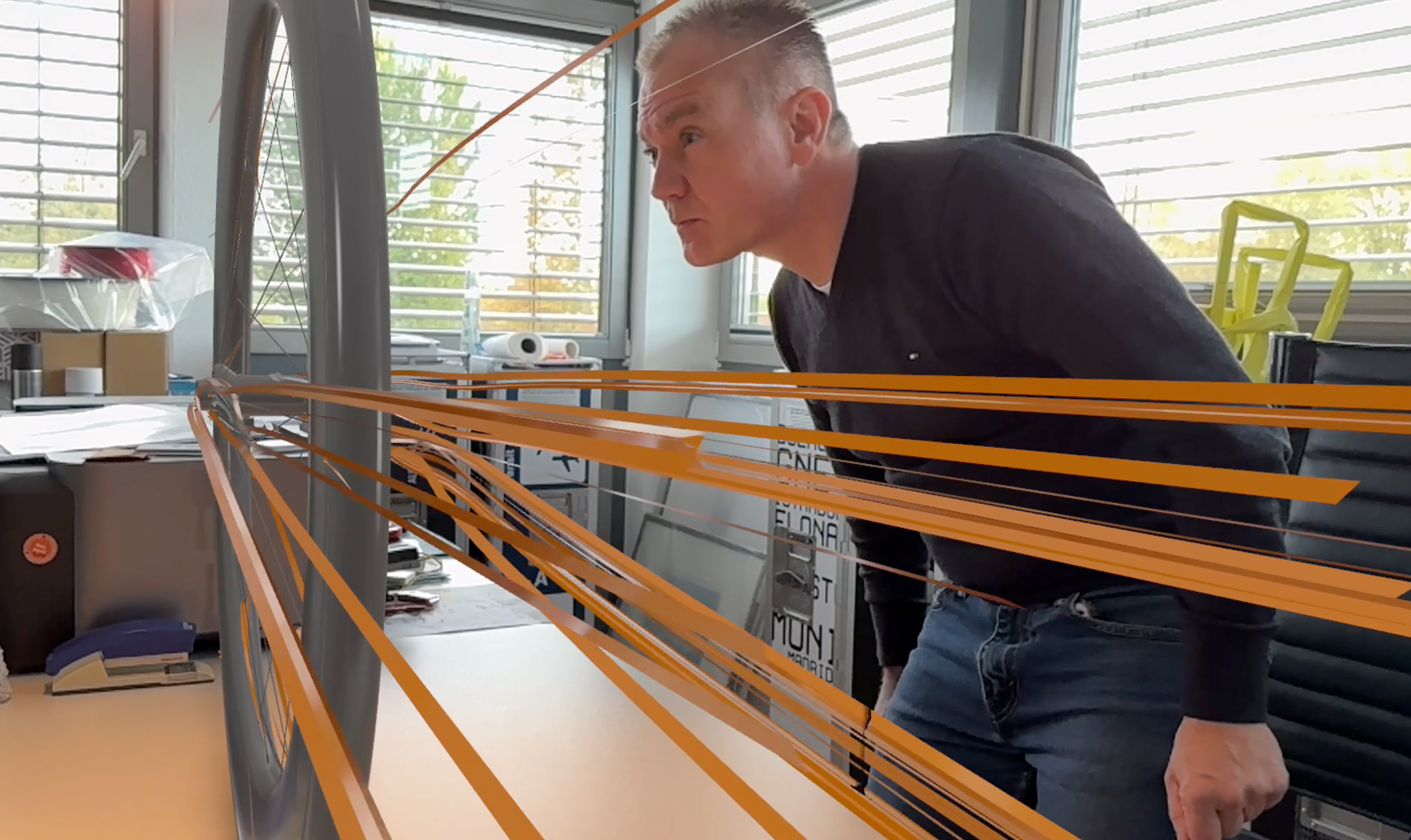
3D-Scanner
A 3D scanner is a device that can capture the spatial geometry of a physical object to create a three-dimensional model. The 3D scanner usually works by emitting laser beams or using structured light to capture the surface of the object and then converting this information into a digital 3D model.
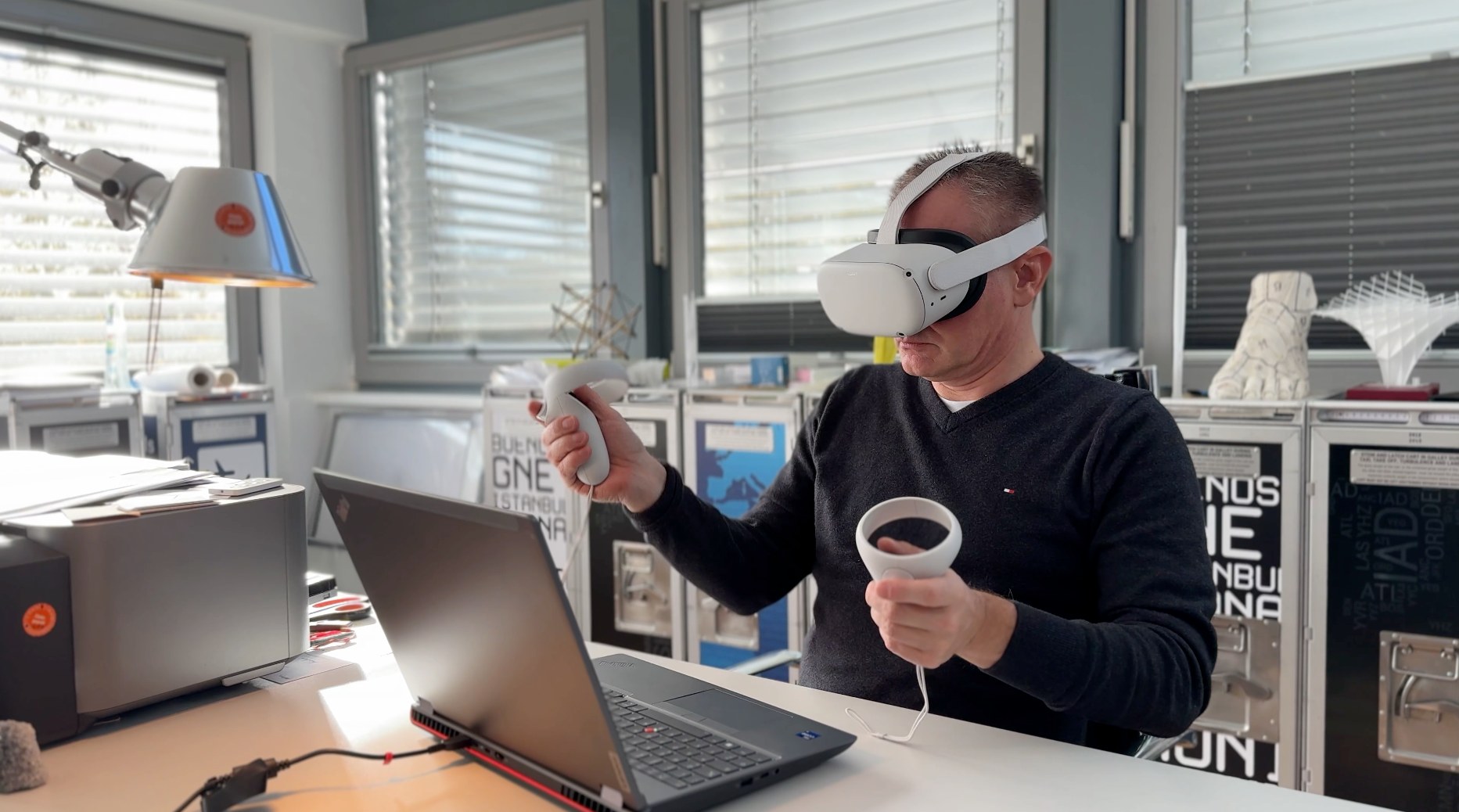
VR glasses + controller
VR glasses, also known as head-mounted displays (HMDs), allow the user to immerse themselves in a virtual environment. They enable the user to interact in virtual reality by capturing hand movements and inputs.
Advantages of D2R development
VR simulation and 360-degree visualization
The detailed and quasi-realistic 360-degree visualization of the wheel system in virtual space facilitates the evaluation and optimization of its aerodynamic properties, as flow profiles and wind momentum effects, for example, can be viewed in extremely high resolution and their effects in real use can be predicted so precisely.
The magnification of the wheel system in virtual reality knows no limits - this enables the deepest immersion in the wheel system for a thorough analysis. This makes it possible to determine exactly how the wheel behaves in different wind and flow profiles.
This can then be used to predict the real behavior of the impellers under a wide range of wind conditions. This realistic VR simulation makes it possible to make even more precise optimizations and efficiently test a wide variety of wheel configurations.
Real to Digital
"Leeze CFD"
Fully digitally modeled wheel profiles are supplemented by precise 3D scans of real components. For example, real tire profiles from various manufacturers are scanned under different air pressure conditions and integrated into the VR environment as digital models by Prof. Helter's VR experts. These 3D scans are then incorporated into the aerodynamic tests and ensure that the real aerodynamic properties of the wheel systems can be predicted and optimized with extreme precision.
Resource-saving wheel development
The best price-performance ratio
Here too, our D2R development approach sets standards: the virtual prototypes modelled by Prof. Helter and his VR team drastically reduce the need for physical prototypes. Furthermore, we can almost completely dispense with costly and energy-intensive wind tunnel tests, which leads to an enormous reduction in material and energy consumption in our wheel development.
At the same time, the D2R approach allows us to accelerate development cycles, as iterative changes to the wheel profiles can be carried out in the virtual environment in a time and cost-efficient manner.
